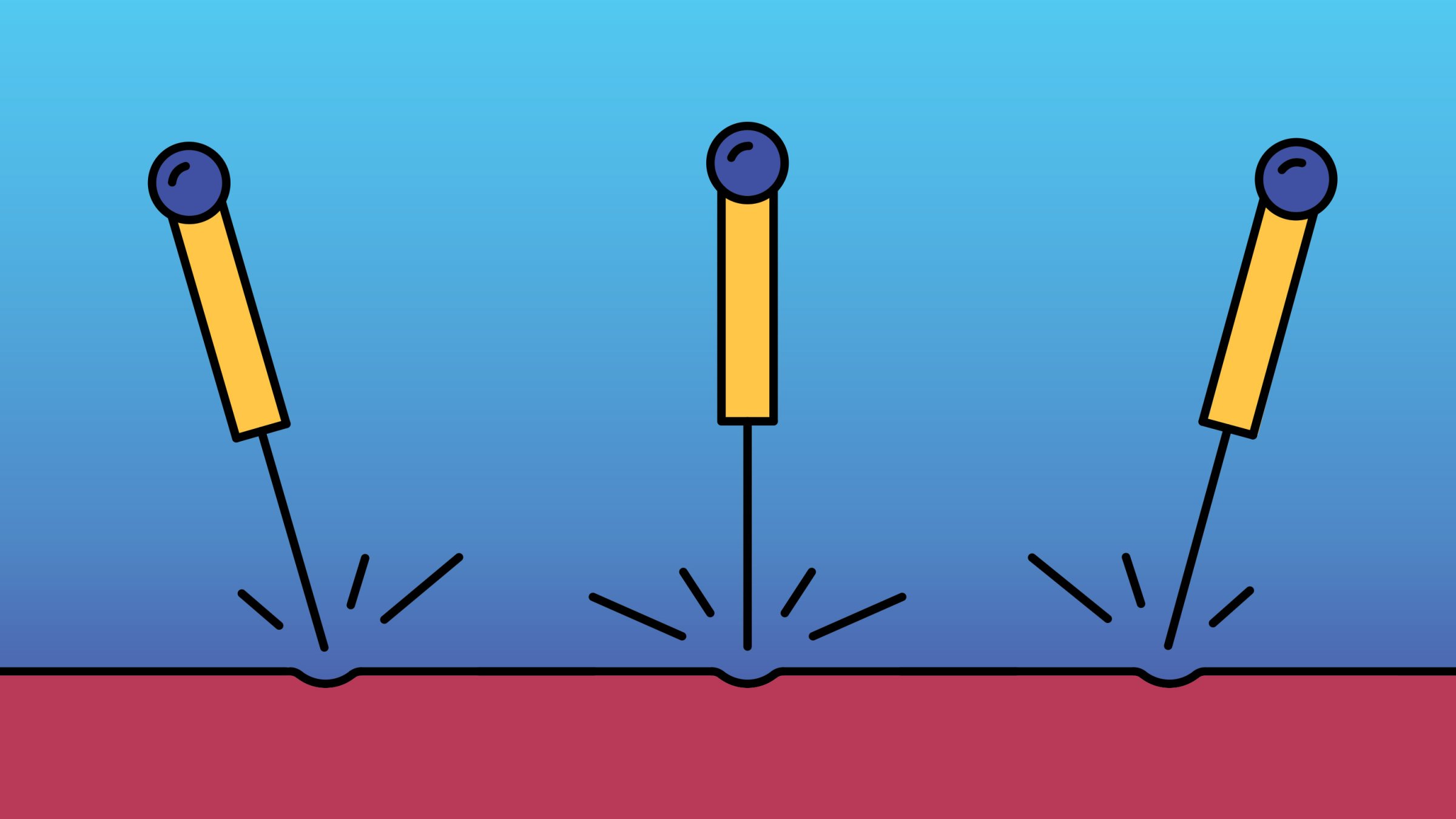
Millions of Americans deal with pain disorders, and many will turn to complementary health approaches to help manage them. A new study published Tuesday by federal researchers reports that in 2012, the most recent data available, close to 42% of adults with a musculoskeletal pain disorder used at least one alternative health approach, and 50% of people with neck pain did.
That’s much higher than the 24% of people without a pain disorder who report using complementary medicine like acupuncture, massage therapy, meditation and yoga. The report was released by the National Center for Health Statistics at the U.S. Centers for Disease Control and Prevention (CDC).
The traditional treatment for musculoskeletal pain tends to be drugs and surgery, both of which carry risks. The use of opioids also carry their own risks of misuse, and overprescribing of these drugs in the U.S. has been linked to an unprecedented epidemic of opioid addiction.
The researchers looked at use of natural products (like special diets and supplements), practitioner-based practices (like chiropractic or massage therapy), mind and body approaches (like hypnosis and meditation), and whole medical systems (like Ayurveda and acupuncture). The use of natural products was most common, followed by mind and body therapies.
Critics of alternative therapies often contend that complementary health approaches don’t have a lot of evidence to back them up. Most of the methods haven’t undergone clinical trials in the United States. That said, some natural pain remedies are better studied than others. The National Institutes of Health recently analyzed 105 randomized controlled trials of complementary medicine for pain relief in the U.S. in order to help doctors determine what approaches to recommend to the people they see.
Here are some natural, science-backed ways to treat pain:
Acupuncture: Around 3 million Americans have tried the traditional Chinese medicine procedure, and the NIH research found promising results for its safety and effectiveness for back pain. “If acupuncture were a drug, we’d say the drug works,” Andrew Vickers, a biostatistician at Memorial Sloan Kettering Cancer Center who conducted a large study on acupuncture told TIME in June.
Yoga: Yoga has also been shown in research to work for back pain, and it’s one of the most commonly used integrative health approaches by American adults. Many people practice it for exercise or as a form of spirituality. As TIME has previously reported, studies have also linked yoga to a lower risk for heart disease and fewer symptoms from depression, diabetes, and arthritis.
Massage Therapy: NIH researchers concluded that massage therapy appears to work pretty well for neck pain. Some early research suggests it may improve quality of life for people with depression, cancer, and HIV/AIDS.
Relaxation techniques: People who suffer severe headaches and migraines may seek some relief from relaxation techniques like deep breathing exercises, guided imagery and meditation. Studies suggest it can work for some people, though it’s still unclear how exactly. At the same time, scientists remain unsure what causes migraines in the first place.
Exercise: There are plenty of reasons to work out regularly, but in January, researchers published a study in the journal JAMA Internal Medicine that reported exercise in combination with education (information about lower back pain, posture or exercise ) was likely to lower the risk of lower back pain.
Medical marijuana: It’s still being debated, but growing evidence suggests medical marijuana can have dramatic effects on pain management, even lowering the number of pain killer prescriptions in states where its legal. In the U.K., regulators recently acknowledged that marijuana does have a place in medicine.
http://time.com/4419003/can-medical-marijuana-help-end-the-opioid-epidemic/
More Must-Reads from TIME
- How Donald Trump Won
- The Best Inventions of 2024
- Why Sleep Is the Key to Living Longer
- Robert Zemeckis Just Wants to Move You
- How to Break 8 Toxic Communication Habits
- Nicola Coughlan Bet on Herself—And Won
- Why Vinegar Is So Good for You
- Meet TIME's Newest Class of Next Generation Leaders
Contact us at letters@time.com